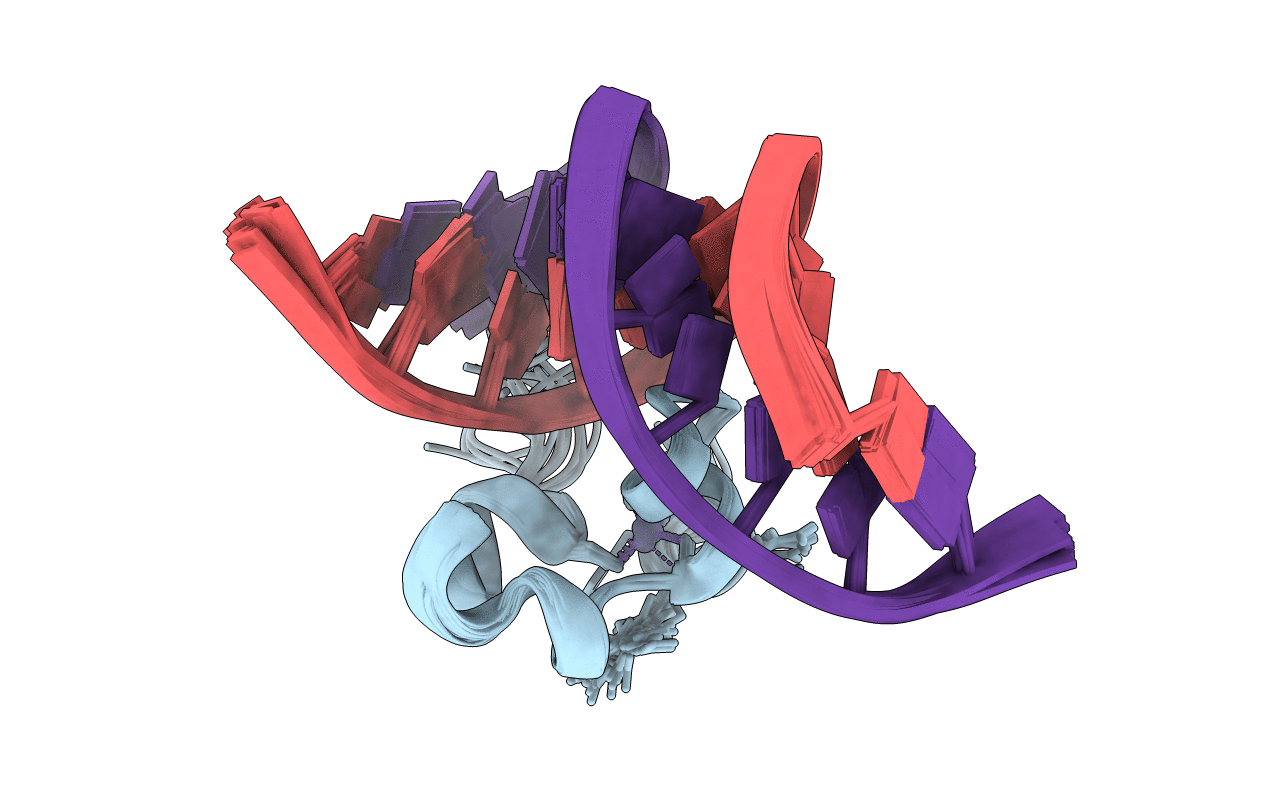
Deposition Date
2021-01-04
Release Date
2021-07-21
Last Version Date
2024-05-01
Entry Detail
PDB ID:
7DTA
Keywords:
Title:
Solution structure of the C-clamp domain from human HDBP1 in complex with DNA
Biological Source:
Source Organism:
Homo sapiens (Taxon ID: 9606)
Host Organism:
Method Details:
Experimental Method:
Conformers Calculated:
100
Conformers Submitted:
20
Selection Criteria:
structures with the lowest energy


